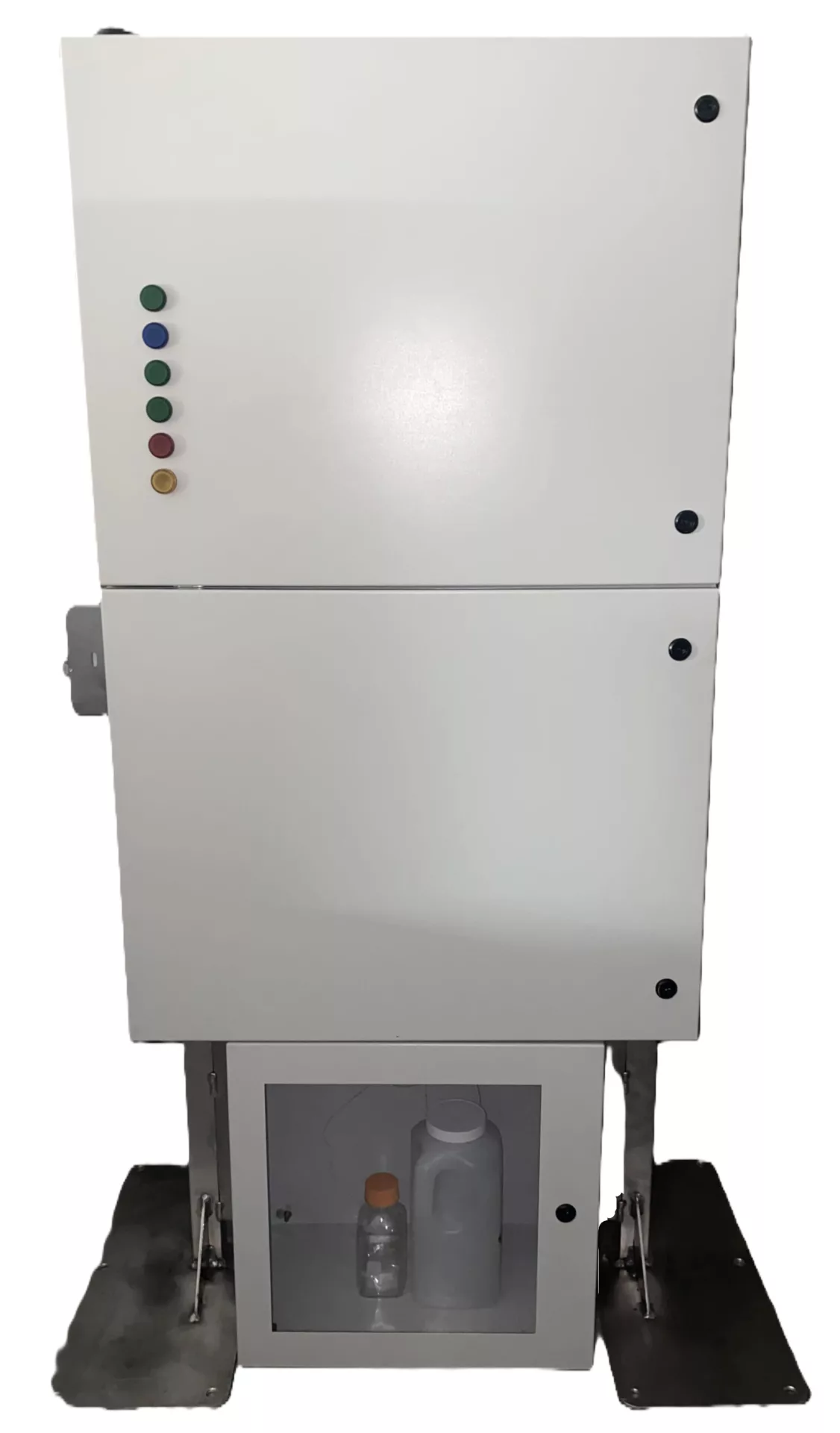Municipal
Municipal water and wastewater sensing plays a key role in maintaining sanitation, hygiene and delivering clean drinking water. Municipal water treatment plants ensure that the water delivered to consumer’s taps is safe, clean, and potable with proper realtime monitoring. Local, regional, and national regulations specify maximum contaminant levels (MCL’s) for metals in drinking water. Realtime monitoring is the best solution to ensuring compliance for your facility.
Metal management is a vital part of municipal water treatment. Heavy metals can cause significant health issues. From cancer to increased moribundity, there is high risk associated with the consumption of heavy metals, including arsenic, antimony, cadmium, chromium, copper, lead, selenium, and many more. The control of these metals is vital for population protection. Not only do metals cause health issues, they can also cause machinery degradation, infrastructure damage, and public complains in the case of hard water. Of course, the control of metals in water is a regulatory issue. Compliance is mandated, and we can help ensure that your goals are met and demonstrate compliance to your population and government.
Having the data you need to respond to changes in your water quickly is vital for compliance and population protection. Our sensors can help you achieve these goals.
Regulated metals found in Municipal Water and Wastewater
- Aluminum
- Antimony
- Arsenic
- Barium
- Boron
- Cadmium
- Chromium
- Copper
- Fluorine
- Iodine
- Iron
- Lead
- Manganese
- Mercury
- Selenium
- Sodium
- Strontium
- Uranium
- Zinc
- Calcium*
- Magnesium*
*Also of interest, but not generally regulated
Different Applications for the Sensor
Output Monitoring
Ensure the output of your facility is up to standard by monitoring the output. Not only does this inform regarding compliance, but it also ties directly to maintenance, giving an early warning system as to when maintenance cycles need to be run, as parameters trend upwards.
Input Monitoring
Seasonal variation puts a huge load on the management of facilities, and must currently be managed with operator experience and judgement. Much of the guesswork can be removed with realtime monitoring to detect variation and adjust processes before the contaminants hit the system.
Process Optimization
Knowing the concentration and ratios of contaminants in real time is vitally important for process optimization. Extraction levels can vary significantly and have massive impacts on the amount of chemical consumption. By being able to dose with the correct amount of chemical can result in savings of up to 30% in the chemicals added to clean the water, and a proportional reduction in the effort to remove the added chemicals and in reductions in landfill for the used chemicals.
How the AquaValid Works
Aquavalid takes a small slip stream from the water flow, converts it to a plasma and records the spectral information from the plasma at about 5000C. At these temperatures most metal contaminants in the water start to glow. The raw data is reported to a cloud computing environment that analyzes the spectral information to determine the contaminants and quantity of each contaminant. The larger the quantity of a metal in the source water, the brighter that metal is in the generated light. This information can be reported to the SCADA systems controlling chemical injection to optimize the treatment. It is also stored and available as a report of graph of each contaminant, or groups of contaminants for regulatory reporting, historic analysis for planning purposed or other needs. Where multiple clients share a watershed the client may elect to share the information with clients downstream to provide advanced warning of changes in the source water.



